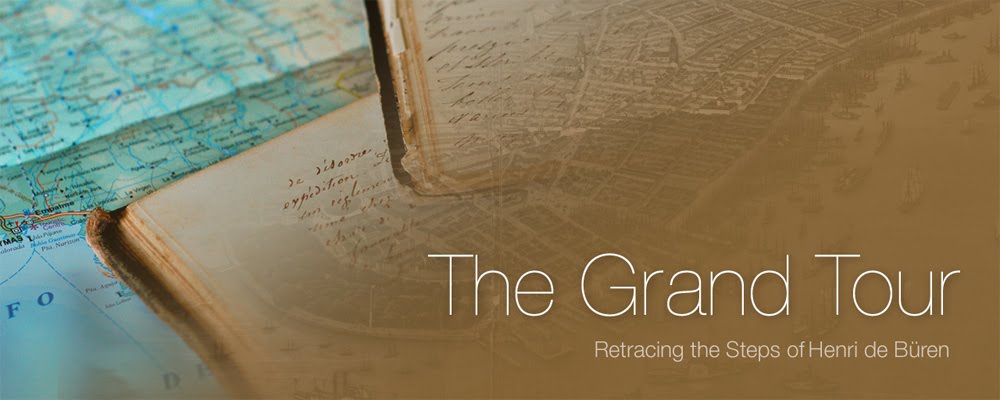One of the most emotionally charged moments from Henri's journal is his description of the death of a German emigrant wife and mother. It reinforces the perilous nature of such a journey as well as well as the immense courage it took the emigrants to leave all that was familiar in Europe and venture into the unknown.

Bridge near Magdalena, Peru
I have translated the description from the original French:
Chachapoyas, Peru, 1853
"We had just left Magdalena, when I came across a scene that shocked and saddened me. A German woman who was part of our expedition was apparently dying on the side of the road. I found her underneath a blanket, laying down in the tall grass with her dog by her side. Her husband was standing by their horse unsure of how to comfort her. I bent down and offered her some sherry cordial from my flask, but she was unable to swallow. I strongly urged her husband to do something for her. He said he would ask for help at the next house and would then rejoin the group when she was felt stronger. Members of the expedition who passed by five minutes after I had left found her dead. Further ahead I met her daughter of 12 years who was oblivious to the what had transpired. I felt she had abandoned her mother, who had been ill since the beginning of the voyage, and I couldn’t help from voicing my disapproval. The german woman and her husband had been warned of this sad end by the doctor, but due to her obstinacy, her courage and abnegation she decided to make the trip nonetheless. I would say that she is emblematic of all women who have accepted intense suffering with great bravery, and resolve."


